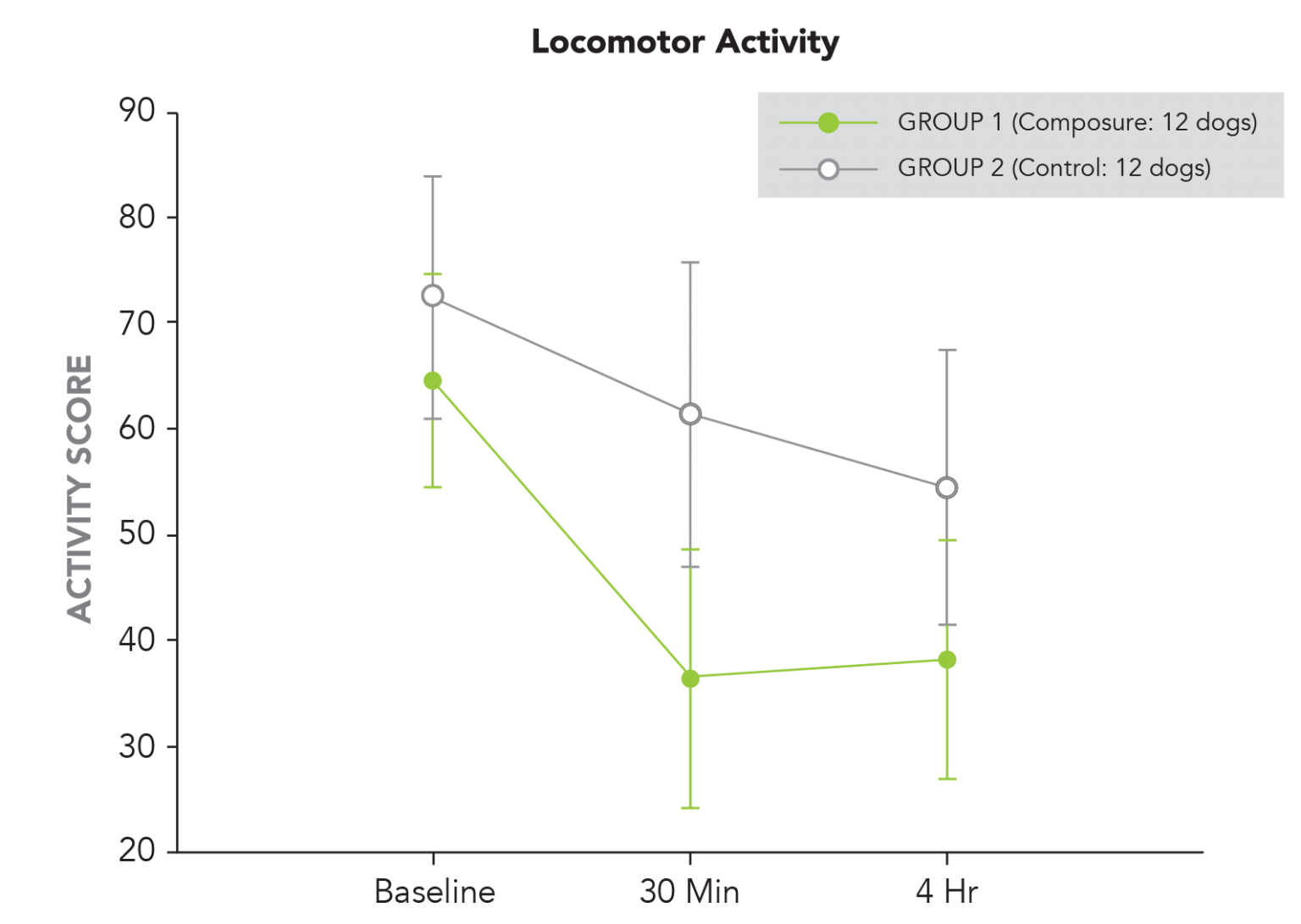

Some individuals with OCD also have a tic disorder.
Experiences significant problems in their daily life due to these thoughts or behaviors. Doesn’t get pleasure when performing the behaviors or rituals, but may feel brief relief from the anxiety the thoughts cause. Spends at least 1 hour a day on these thoughts or behaviors. Can't control his or her thoughts or behaviors, even when those thoughts or behaviors are recognized as excessive. Not all rituals or habits are compulsions. Repeatedly checking on things, such as repeatedly checking to see if the door is locked or that the oven is off. Ordering and arranging things in a particular, precise way. Having things symmetrical or in a perfect orderĬompulsions are repetitive behaviors that a person with OCD feels the urge to do in response to an obsessive thought. Aggressive thoughts towards others or self. Unwanted forbidden or taboo thoughts involving sex, religion, or harm. Obsessions are repeated thoughts, urges, or mental images that cause anxiety. 
These symptoms can interfere with all aspects of life, such as work, school, and personal relationships. People with OCD may have symptoms of obsessions, compulsions, or both. Research Training and Career Development Opportunities.Research Conducted at NIMH (Intramural Research Program).Upcoming Observances and Related Events.

Contribute to Mental Health Research Mobile navigation







 0 kommentar(er)
0 kommentar(er)
